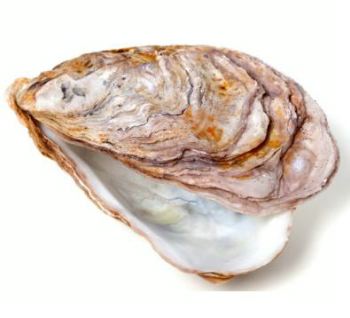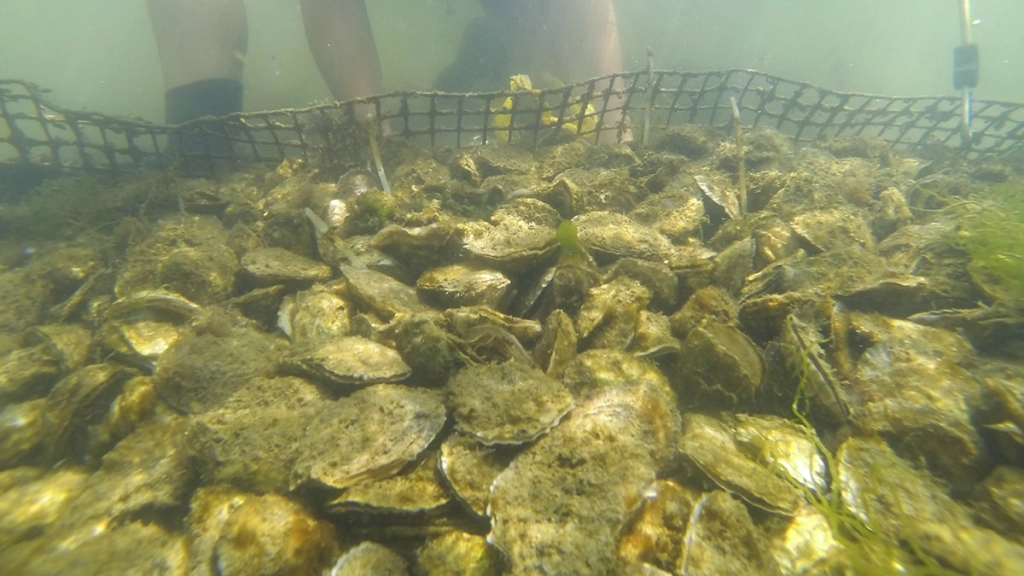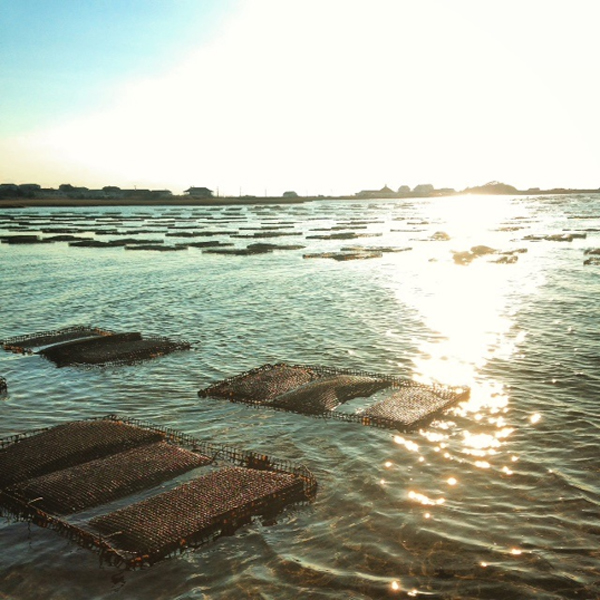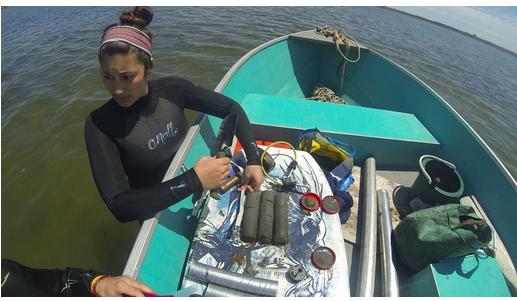|

Oyster aquaculture has a long history and economic significance worldwide
How are oysters farmed – and what’s the effect on subaqueous soils?
 UNITED STATES
UNITED STATES
Friday, July 03, 2020, 16:40 (GMT + 9)
Oyster aquaculture poses minor changes to soils and bottom-dwelling communities
These days, oyster aquaculture is stirring up the conventional definition of agriculture. But exactly how does one grow a crop of oysters? More specifically, how are soils involved in this underwater process? The Soil Science Society of America’s (SSSA) July 1st Soils Matter blog explores oyster aquaculture and the effects of biodeposits on the subaqueous soils.

Aquaculture practices maintain oysters underwater in confined containers. Stocking densities can range in quantity of oysters per container or within a given area. Farmers sort oysters by size so larger oysters do not outcompete smaller oysters; this also helps to keep the oysters organized for easy harvest when oysters reach a desirable market size. Credit: Annie Ragan / Soil Science Society of America (SSSA)
According to blogger Chelsea Duball, “Oysters are praised as ecosystem engineers. They have the natural capacity to clean major waterways by filtering up to 50 gallons of water a day! During this process, an oyster feeds off particulate matter and nutrients in natural waters. They use both to grow and reproduce.”

A typical off-bottom, rack-and-bag oyster farm at low-tide. This farm is in the subtidal zone of a coastal lagoon, where the subaqueous soils are never exposed to air. While oysters are typically maintained underwater, they can withstand short exposure to air during daily tidal fluctuations. Credit: Chelsea Duball / Soil Science Society of America (SSSA)
“Their growing process creates waste, though. Excess nutrients, particulates, and poop (yes, oysters poop!), are called ‘biodeposits’,” says Duball. “These fast-sinking biodeposits are rich in nitrogen and carbon. They also have the potential to accumulate on the seafloor. This can affect the underlying subaqueous soils and potentially overwhelm critters that live on – and in – them. For this reason, oyster farming is a methodical process that requires skill, environmental knowledge, and careful consideration.”

Studying subaqueous soils can be difficult, especially during windy, wavy conditions. Back on the boat where the work surface is steady, researchers from the University of Rhode Island are compositing subaqueous soil core samples taken from oyster aquaculture areas. These soil samples were later analyzed in a laboratory for a suite of physical, chemical, and biological analyses. Credit: Annie Ragan / Soil Science Society of America (SSSA)
Once oysters are large enough in size, oyster farmers use two primary means to growing oysters:
- Bottom practices allow oysters to grow under natural condition, as they are placed onto the subaqueous soil surface and exposed to the elements.
- Off-bottom practices keep oysters in confined containers. This method provides several advantages.
A scientific study revealed that oyster aquaculture had no net-negative impacts on the soils. To learn more about oyster aquaculture, read the entire blog post HERE
Source: Soil Science Society of America (SSSA)
 fis_com.jpg)
editorial@seafood.media
www.seafood.media
|



